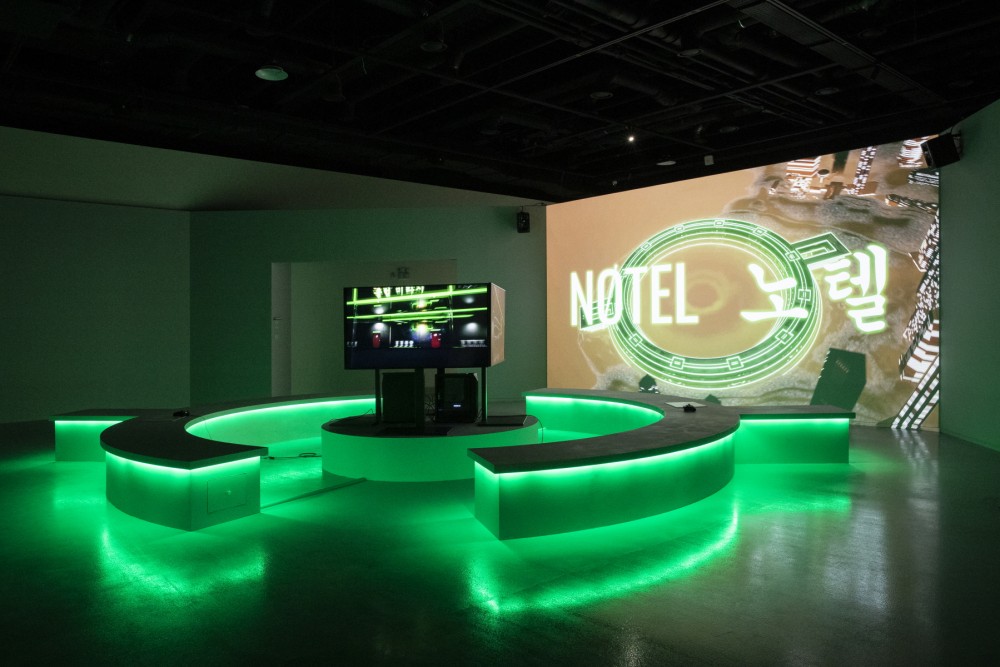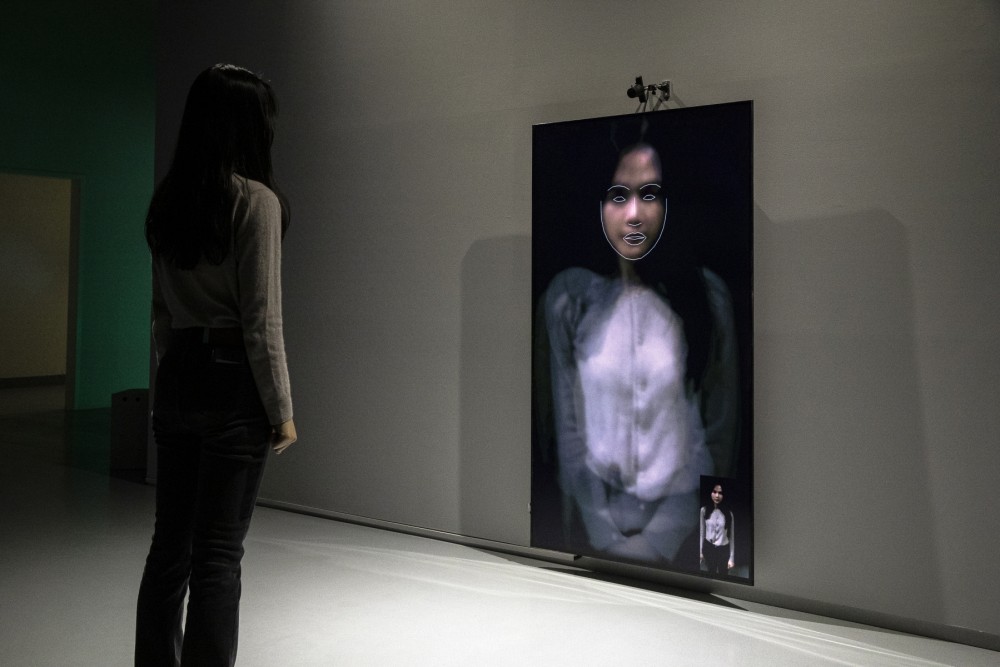DIGITAL RESONANCE
본문
We Start the G.MAP, Gwangju Media Art Platform
Seungbo Jun
Director of the Gwangju Museum of Art
Gwangju Metropolitan City was designated as a UNESCO Creative City of Media Arts in 2014, fourth in the world and first in the nation. Up to now, 22 cities from 21 countries have been designated as UNESCO Creative Cities of Media Arts and have been carrying out exchange activities with their own specialized distinction. In keeping with this, the Gwangju Museum of Art (GMA) signed an MOU with the ZKM Center for Art and Media Karlsruhe, the world’s number one media art related institution, and presented early this year Writing the History of the Future: Signature Works of the Singular ZKM Media Art Collection, an exhibition to showcase monumental pieces from the 60-year history of media art. This inaugural exhibition Digital Resonance of the Gwangju Media Art Platform (G.MAP) features a wide array of artworks of the times and shows the past, present, and future of media art. Digital Resonance is a large-scale media art show largely classified in three sub-themes, exhibiting its works at all the galleries of the G.MAP. This show has been staged to determine the current state of contemporary media art in which art comes across the progress of technology and the multimedia industry in a diversity of contents and media forms.
To leap ahead as a Korea’s representative city of AI and metaverse, Gwangju has made endless efforts to explore how media art opened the future of the city in the last 10 years. Since Media You-Topia, the exhibition held in November 2018, the GMA has carried out projects and campaigns to display the new trends and prospects of media art not only to the general public, but also to professional artists. In particular, the museum has established the foundation as a leading city for the past three years, pursuing its concrete strategy and target including the establishment of the G.MAP. The municipal museum will enable its citizens and visitors from other regions to enjoy this exhibit and media art as our region’s culture and tourism resources and lend vitality to the city in connection with the new cultural industry.
The most dominant forces leading people are the ‘advancement of science and
technology’ and ‘the economy.’ Accordingly, media art is the result of the artist’s reaction
to the advent of new cutting-edge technology. The progress of state-of-the-art science
has sparked diversification of art media and changes in art concepts. The development
of science and technology has changed the world, causing industrial revolutions over
last 200 years. Now that we have entered the metaverse era, we have to confirm once
again that what counts most in mutual influences on the advancement of science and
technology are ‘economic necessity’ and ‘human creativity and imagination.’ Thus in
accordance with the UNESCO Creative Cities of Media Arts project, the G.MAP will not
be just a showcase for exhibiting media artworks but perform its role as the first media
art-related infrastructure as well as Korea’s representative media arts platform, utilizing
Gwangju’s urban spaces as media arts resources in keeping with the metaverse era. For
this, the museum will create a media ecosystem in which media arts and industries are in
a virtuous cycle, having an effect on each other.
Its research on and exhibition of media arts will offer an insightful perspective on the relations of 21st century art with science and technology as well as society. Media arts in the future could be produced not by media artists but by artists of a completely new concept. It is my expectation that a window to the future will open by changes in media arts, considering how the role of media arts will change in the metaverse age
I would like to thank guest curators Seungah Lee and Jyeong Yeon Kim for their hard work to realize this exhibition as well as all the staff at the museum including chief curator Jongyoung Lim and action officer Changyeop Ku for working night and day for the opening of the G.MAP
About the Work

Name
Lawrence LekTitle
NøtelYear
2021Scale
7' 30", 19' 00"Material
multimedia installation, video game package, 4k videoDescription of work
Nøtel Corporation, the fictitious brand name of one of the world’s premier luxury hotels, is a virtual space
in the form of a video game, accessible by game controllers. Visitors to this fantasy world are guided
through glass corridors on their way to meet quantum computers, gravity teleporters, dancing drones, and spooky holograms that inhabit the hotel. You can also explore a gallery space created specifically to showcase Nøtel’s prestigious media art collection. In the work at the inaugural exhibition at G.MAP in 2022, a new milestone to promote Gwangju City was added to the virtual space. "

Name
Rafael Lozano-HemmerTitle
Recorded AssemblyYear
2016Scale
dimensions variableMaterial
computer, screen, camera, custom softwareDescription of work

Name
Jeong-ju JeongTitle
Villa(Susaek-ro)Year
2017-2022Scale
400×170×90cmMaterial
zinc plate, LCD monitorsDescription of work

Name
Anna Kim (GIST KRICT)Title
Ocean MachineYear
2021Scale
7' 10"Material
single-channel videoDescription of work
TOP
